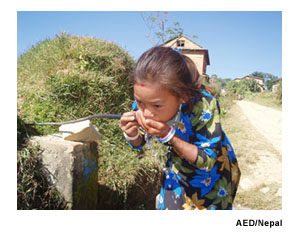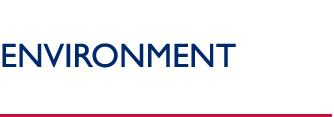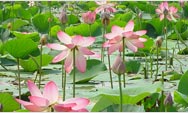Fact Sheets for World Water Forum
The USAID Water Team has developed a series of fact sheets for the World Water Forums in Japan and Mexico City that highlight ongoing activities and the status of USAID participation in various global water initiatives. These fact sheets can be found below.
 |
Where does drinkable water come from? Through the Safe
Water System partnership and other initiatives, USAID
helps the world’s poor obtain safe drinking water.
|
Water for the Poor Initiative
A U.S. Signature Water Initiative announced at the World Summit for Sustainable Development in Johannesburg in August 2002 will invest up to $970 million over three years (2003 to 2005) to enhance access to clean water and sanitation services, improve watershed management, and increase the productivity of water. (PDF 156KB)
Clean Water for People Initiative
At the 2002 World Summit for Sustainable Development in Johannesburg, the United States and Japan launched the Clean Water for People Initiative, a joint endeavor to (1) provide safe water supply and sanitation to the world’s poor, (2) improve watershed management practices, and (3) increase the productivity of water use. This partnership is accelerating and expanding international efforts to achieve the United Nations Millennium Development Goal of reducing by half the proportion of people who are unable to access safe drinking water or sanitation by the year 2015. (PDF 1.022MB)
Development Credit Authority
USAID’s Development Credit Authority is a proven and effective tool that permits USAID to issue partial loan guarantees to private lenders to achieve development objectives. These guarantees help to mobilize local capital and put it to work in creditworthy but underserved markets, facilitating financing of such sectors as water and sanitation. (PDF 123KB)
Transboundary Water Resources Management
Nearly half of the world’s population lives in river basins that are shared among multiple countries, which raises significant resource allocation, water quality, and other issues that can potentially generate conflict. Cooperative management of shared water resources can optimize regional benefits, mitigate water-related disasters, and minimize tensions, while protecting shared ecosystems and improving agriculture-related productivity. (PDF 126KB)
Global Development Alliances: Promoting Public-Private Alliances for Sustainable Development
There has been a fundamental shift in recent years in USAID’s way of doing business, away from purely official development assistance, and toward an approach that engages private corporations, foundations, trade associations, civil society, and non-government organizations in the design and implementation of development assistance. This fact sheet describes a number of the many public-private partnerships that USAID has cultivated in areas relating to World Summit for Sustainable Development initiatives. (PDF 803KB)
Community Water and Sanitation Facility
The Community Water and Sanitation Facility, launched in 2003 in response to goals set out at the World Summit for Sustainable Development, supports local authorities and their partners in working through public-private partnerships to expand water and sanitation services to slum communities. (PDF 1.295MB)
Community-Watersheds Partnership
The Community Watersheds partnership was formed in 2005 as a global partnership between the Coca-Cola Company (TCCC), USAID, and the non-governmental organization the Global Environment and Technology Foundation (GETF) to address specific local water resources and development needs. (PDF 648KB)
Safe Water Partnerships
The international Safe Water Supply partnership announced at the 2002 World Summit for Sustainable Development in Johannesburg uses a market-based approach and strong NGO involvement to target diarrheal diseases in vulnerable populations by providing water disinfectant and safe water storage, as well as advocating behavioral change techniques that result in improved hygiene. (PDF 592KB)
Tools for Mobilizing Finance
Over one billion people lack access to clean drinking water, and over two billion lack access to proper sanitation. Current annual investments make up less than half of the approximately $180 million needed, and public sector funds will meet less than 5 percent of the shortfall. Substantial private local investment will be needed to support water supply and sanitation projects. USAID is working to mobilize this investment through projects that build market institutions and governance capacity, and by the use of creative pooled financing mechanisms such as the revolving fund model developed under the U.S. Clean Water Act. (PDF 153KB)
West Africa Water Initiative
The West Africa Water Initiative (WAWI) was created as part of the global movement towards partnership. Inspired by the vision of the Conrad H. Hilton Foundation, this $45 million public-private partnership grew from years of experience with World Vision and other international non-governmental partners. The initiative is currently engaged in water supply, sanitation, hygiene, and integrated water resources management activities that will provide benefits to more than 500,000 people in West Africa by 2008. (PDF 928KB)
White Water to Blue Water Initiative
The White Water to Blue Water Partnership announced at the World Summit for Sustainable Development in Johannesburg in August 2002 will focus on efforts in the Wider Caribbean to promote the practice of integrated watershed and marine ecosystem management in support of sustainable development. Target areas include wastewater and sanitation, sustainable agricultural practices, integrated coastal management, sustainable tourism, and shipping and maritime transportation. (PDF 284KB)
Back to Top ^


